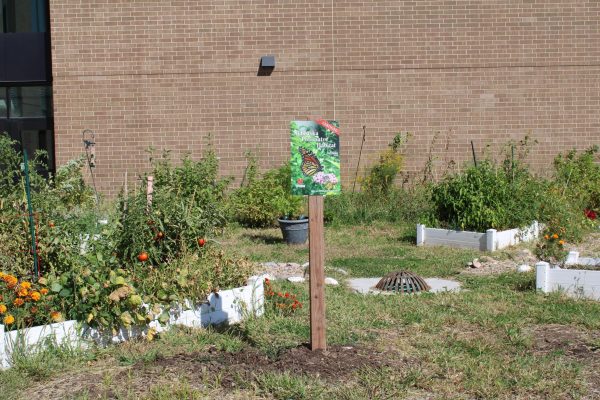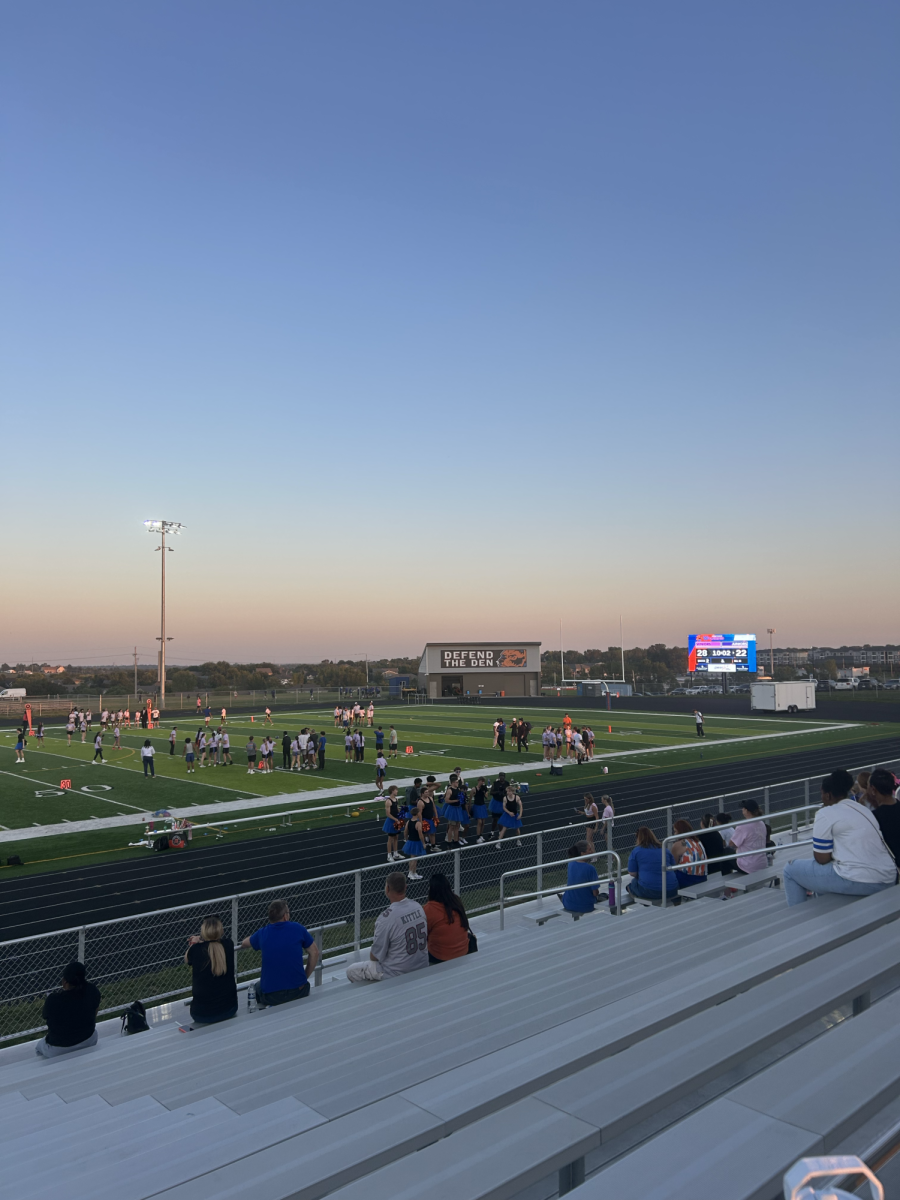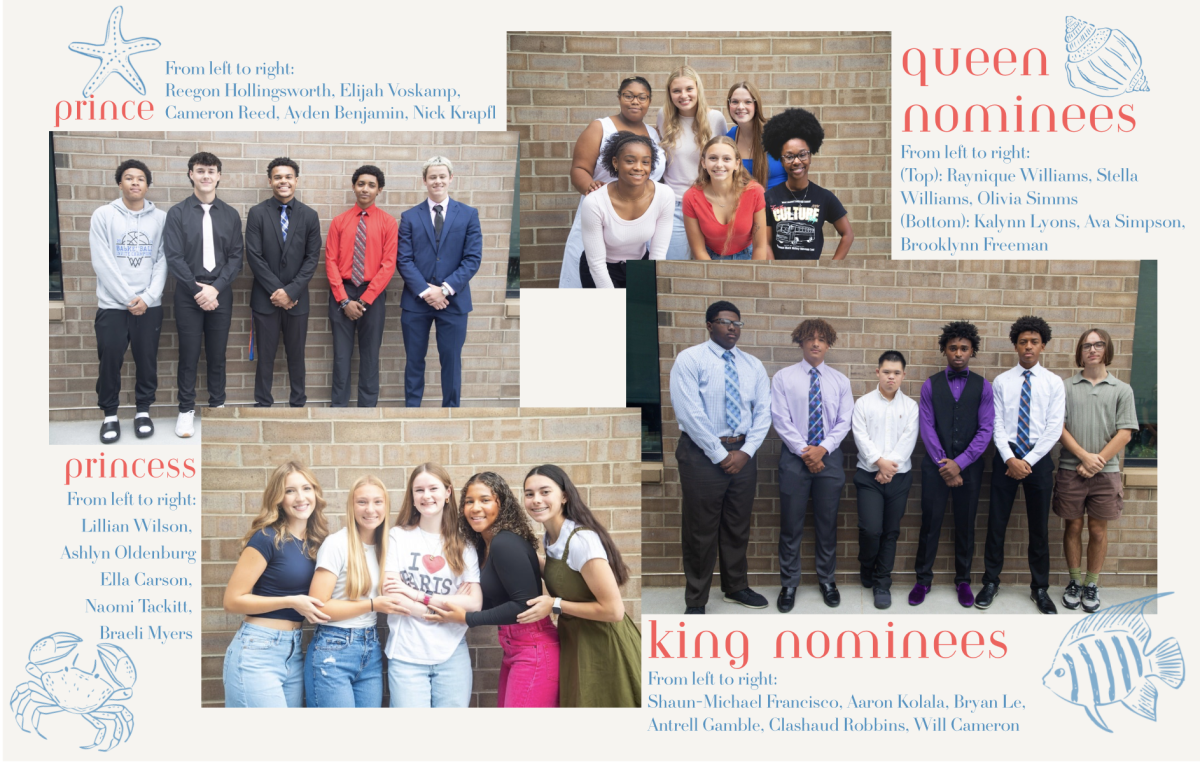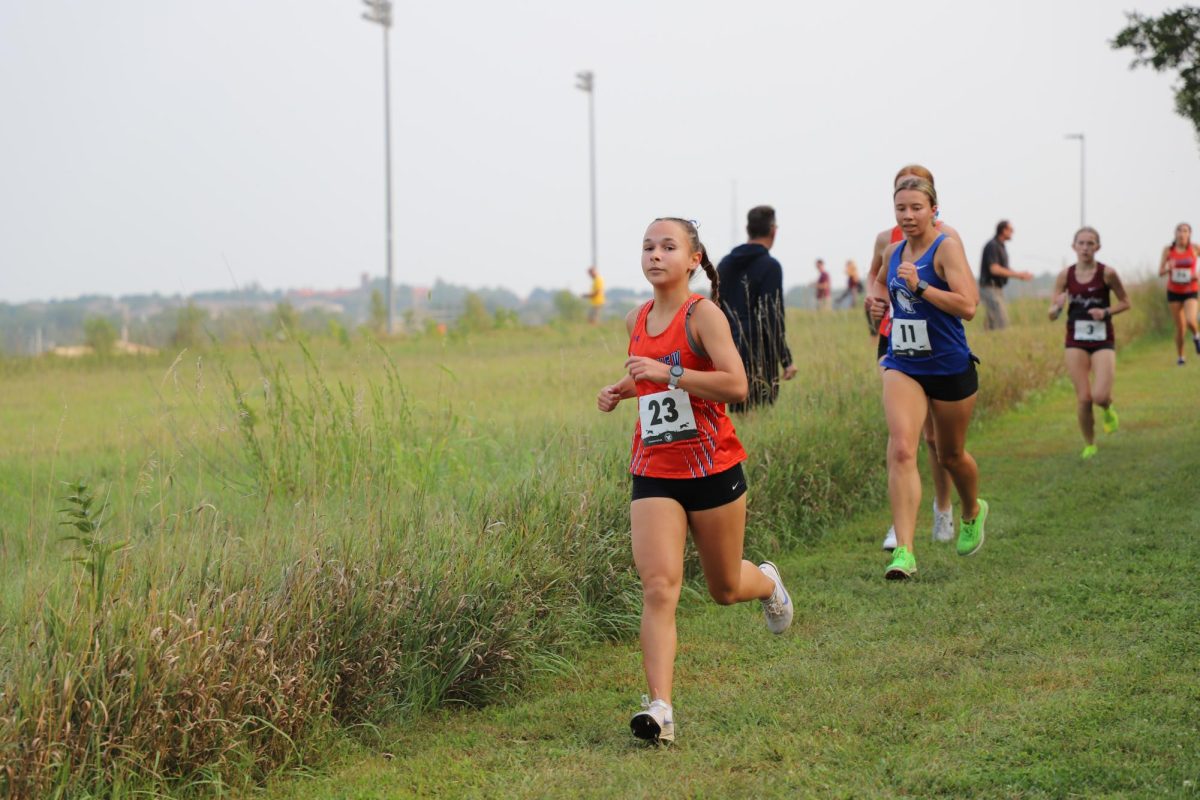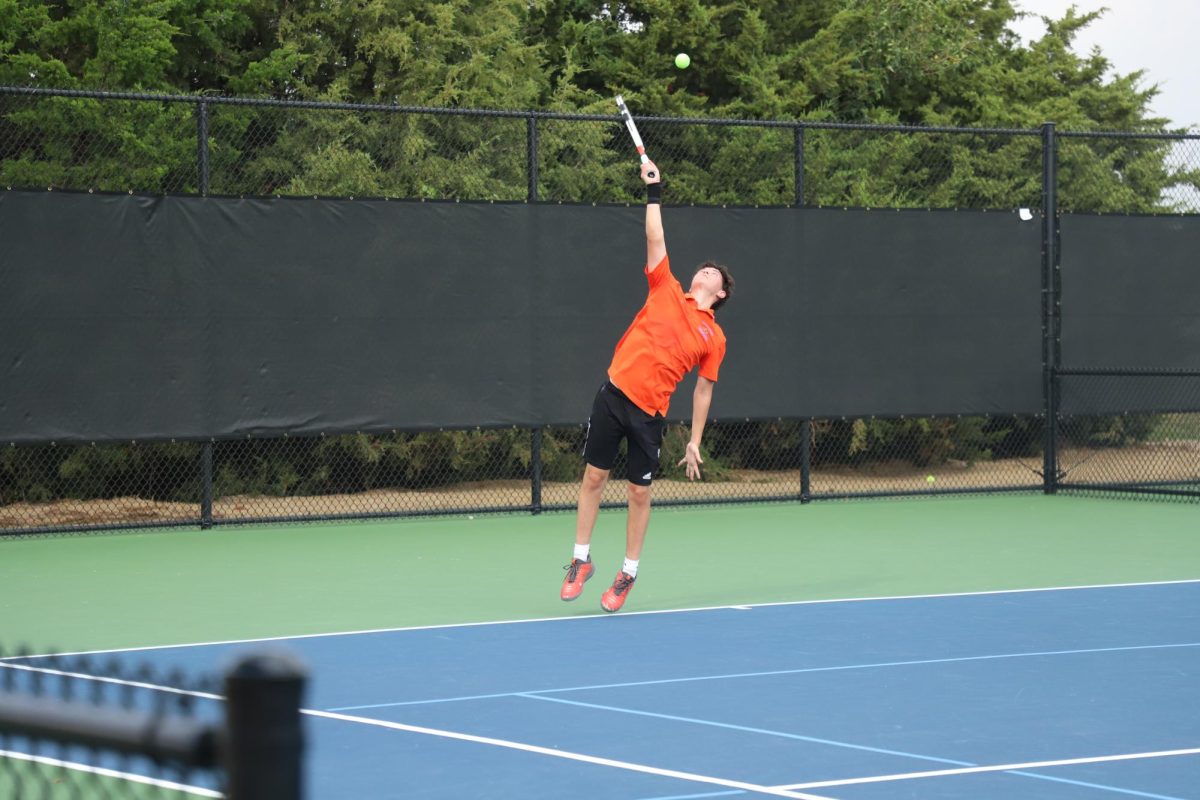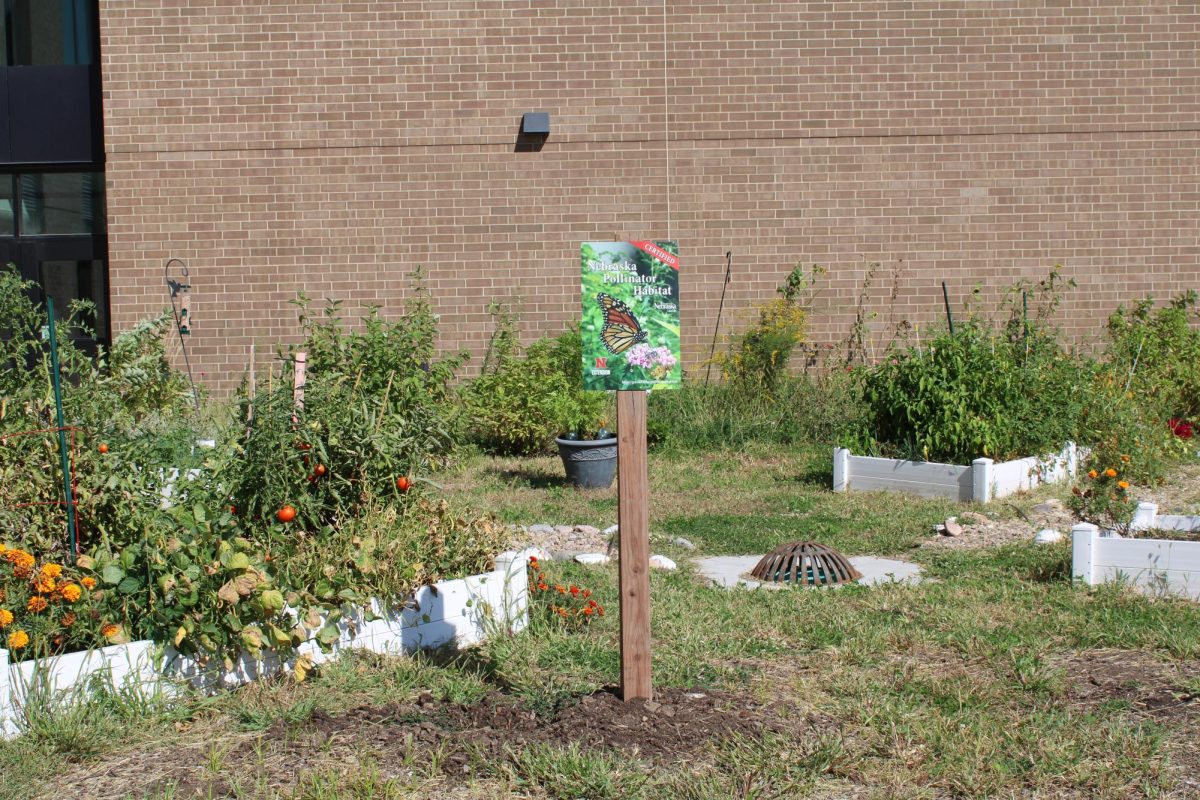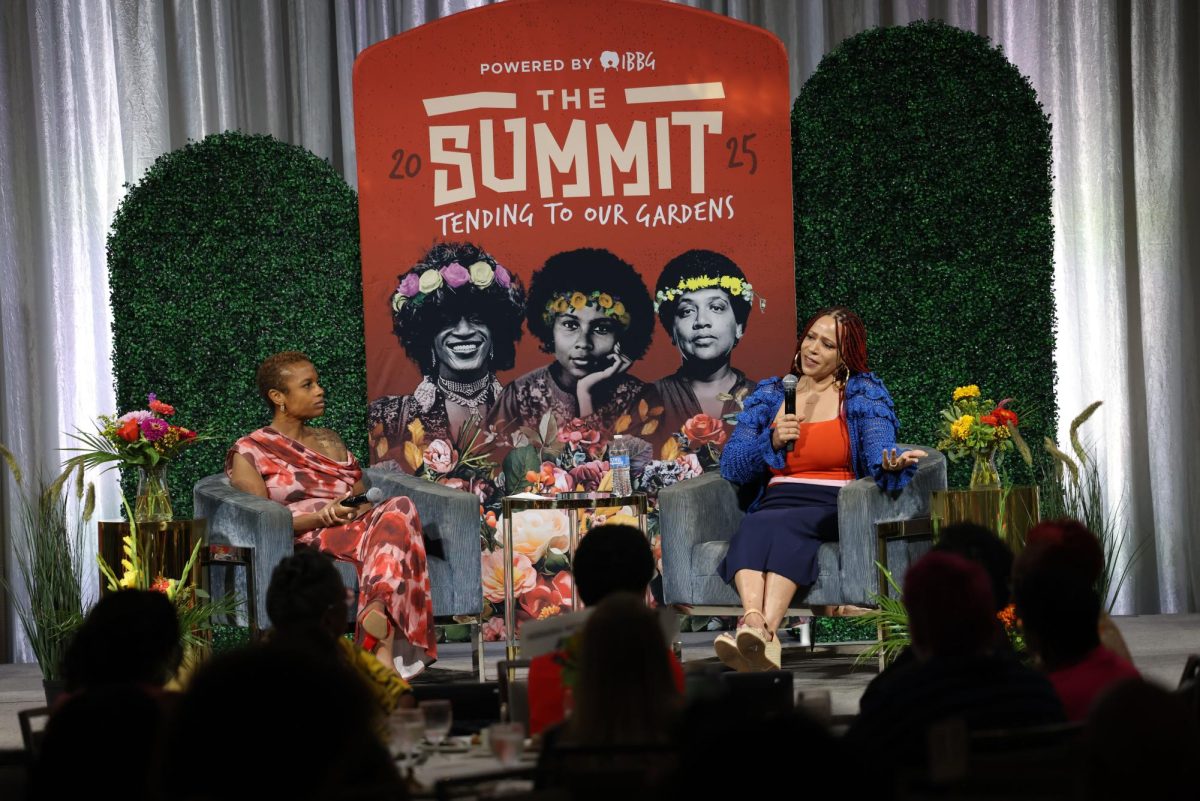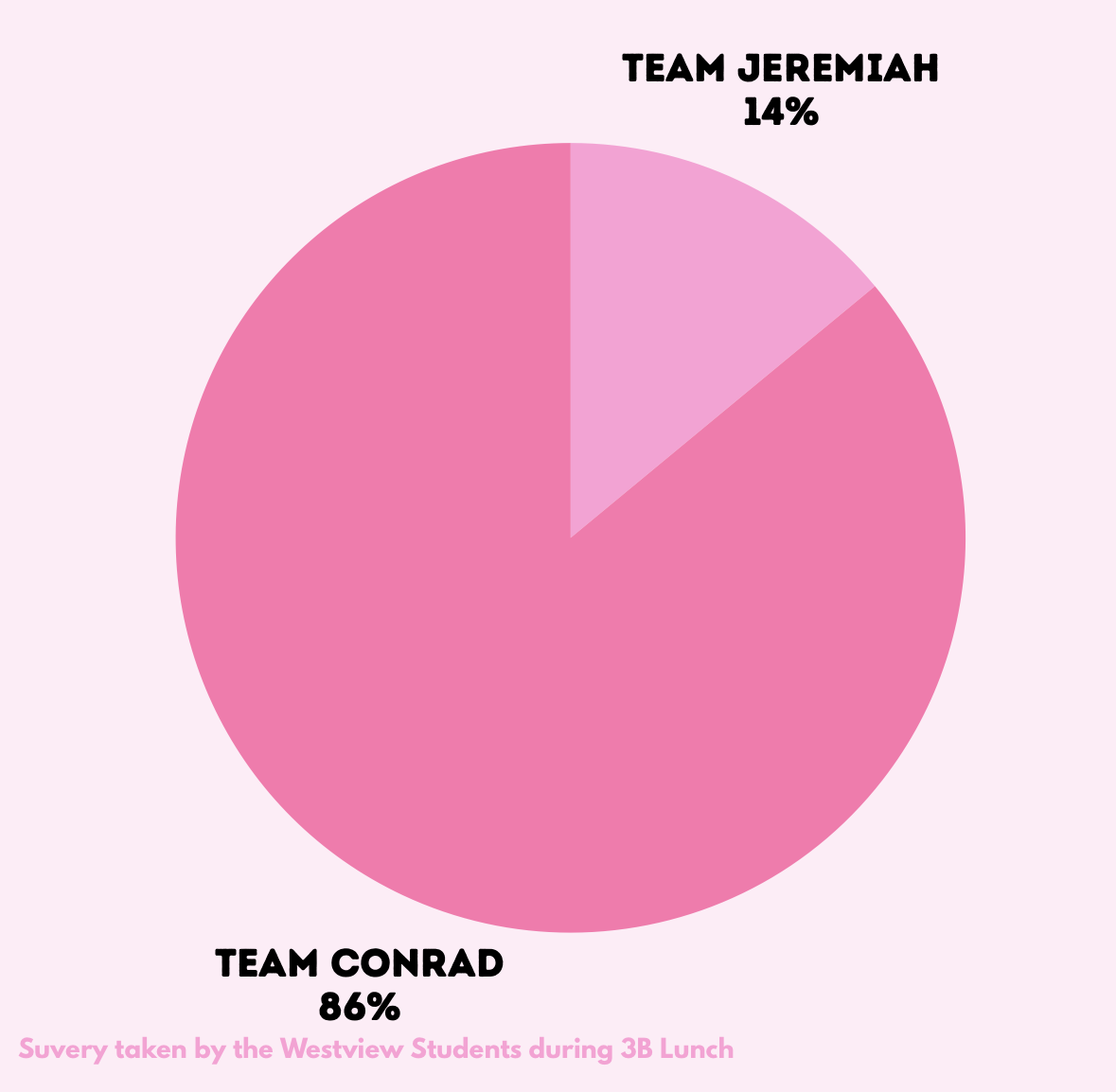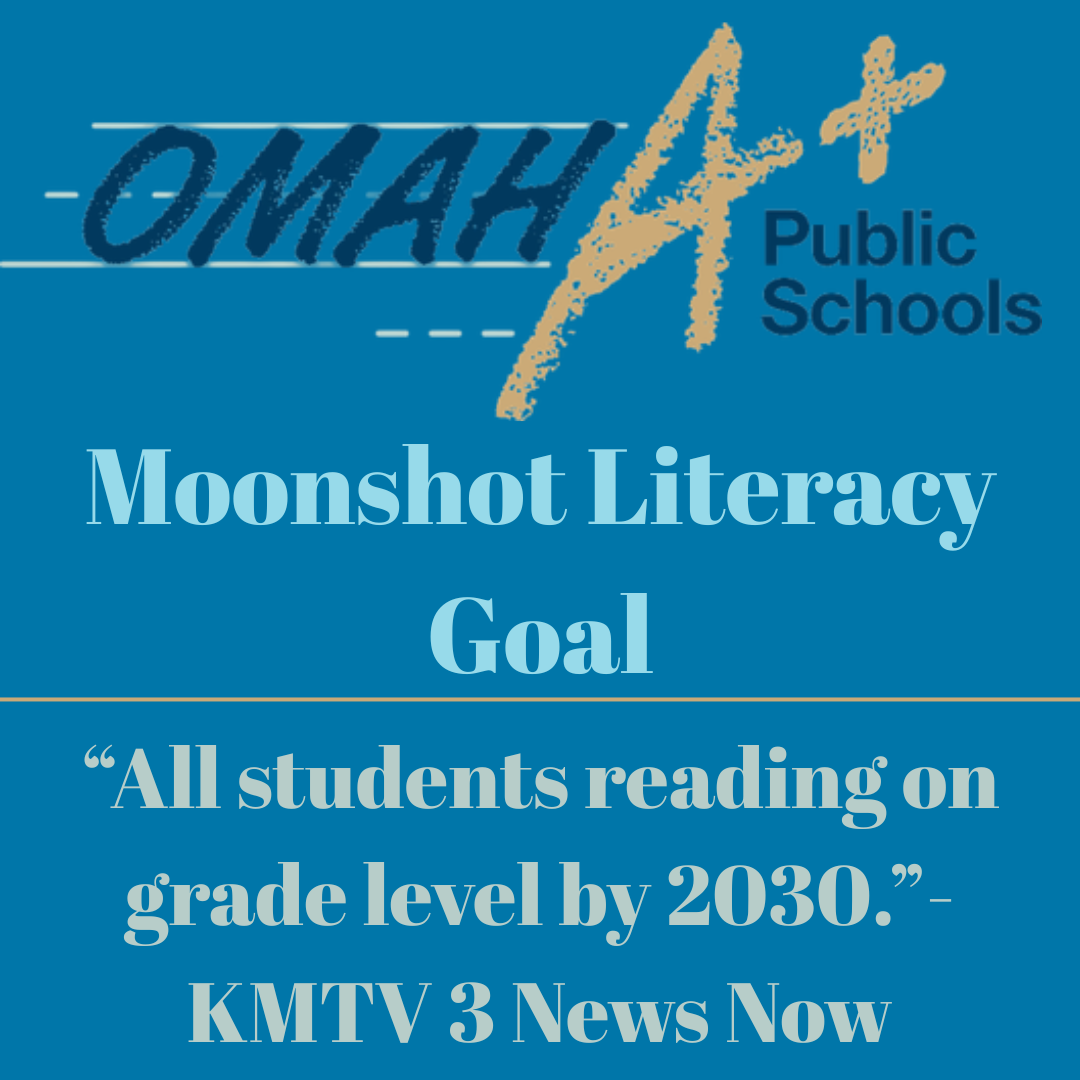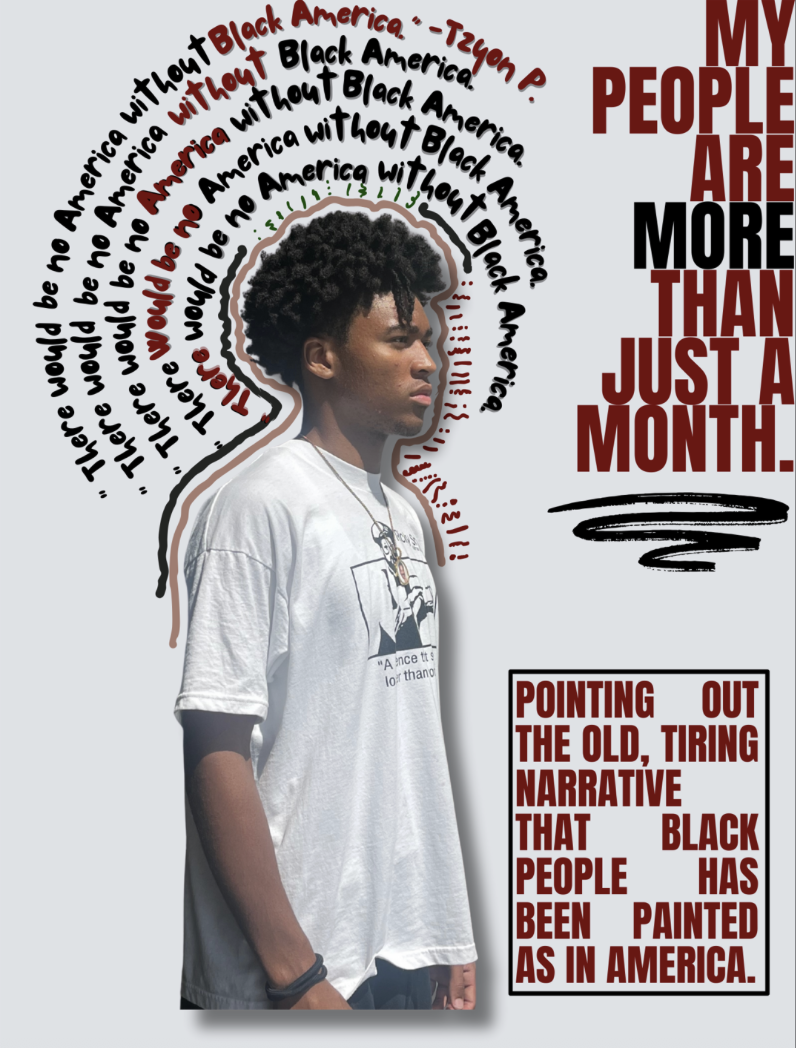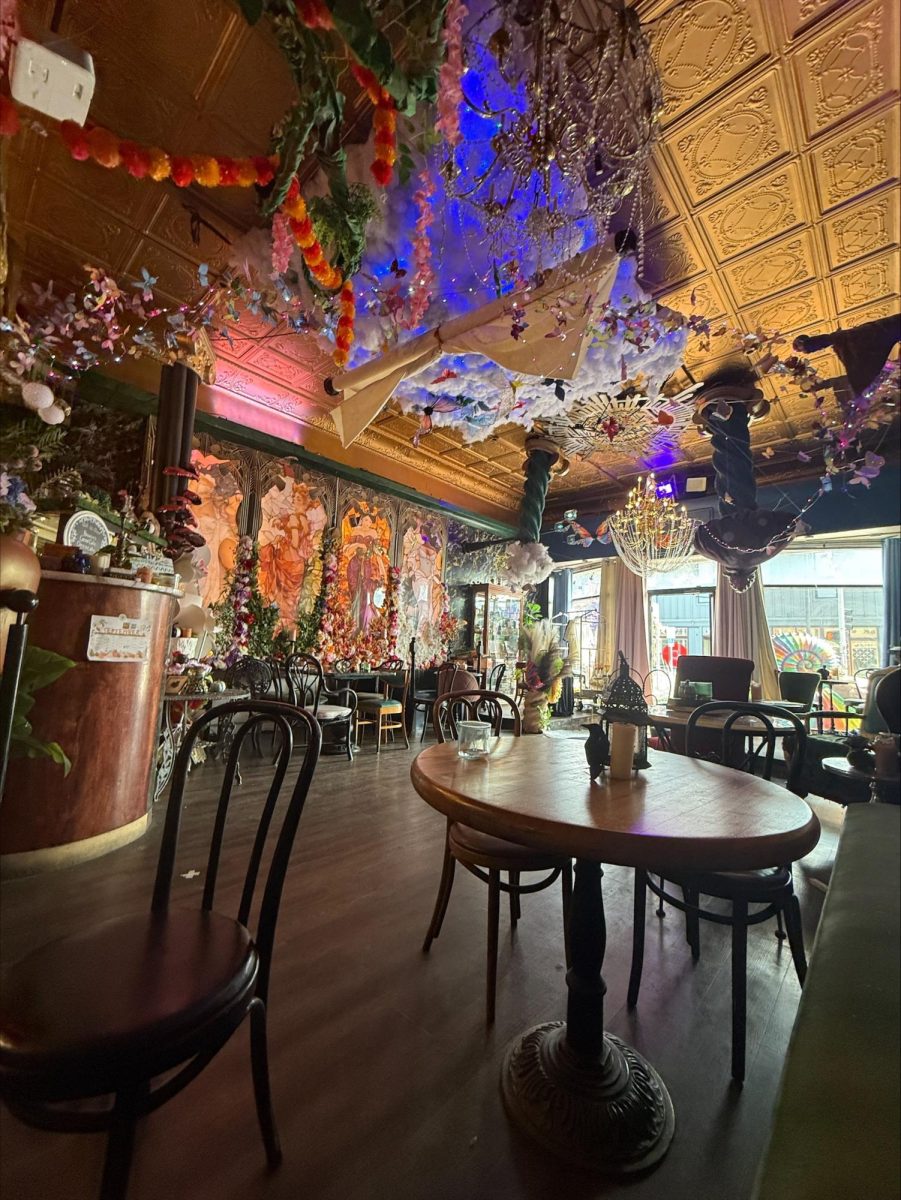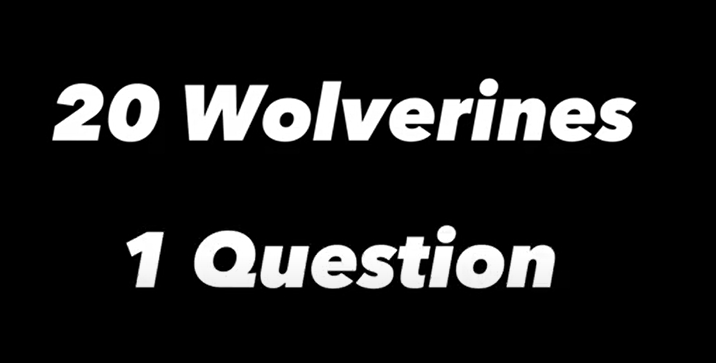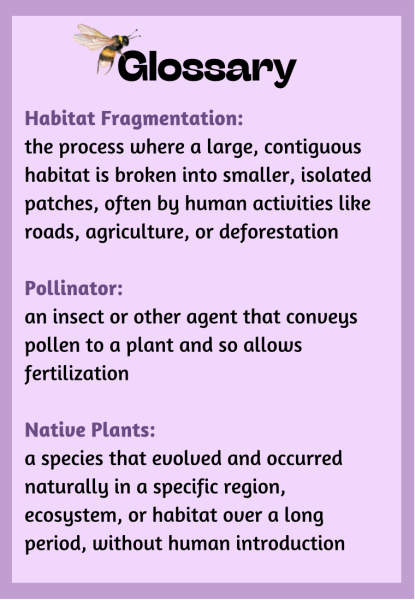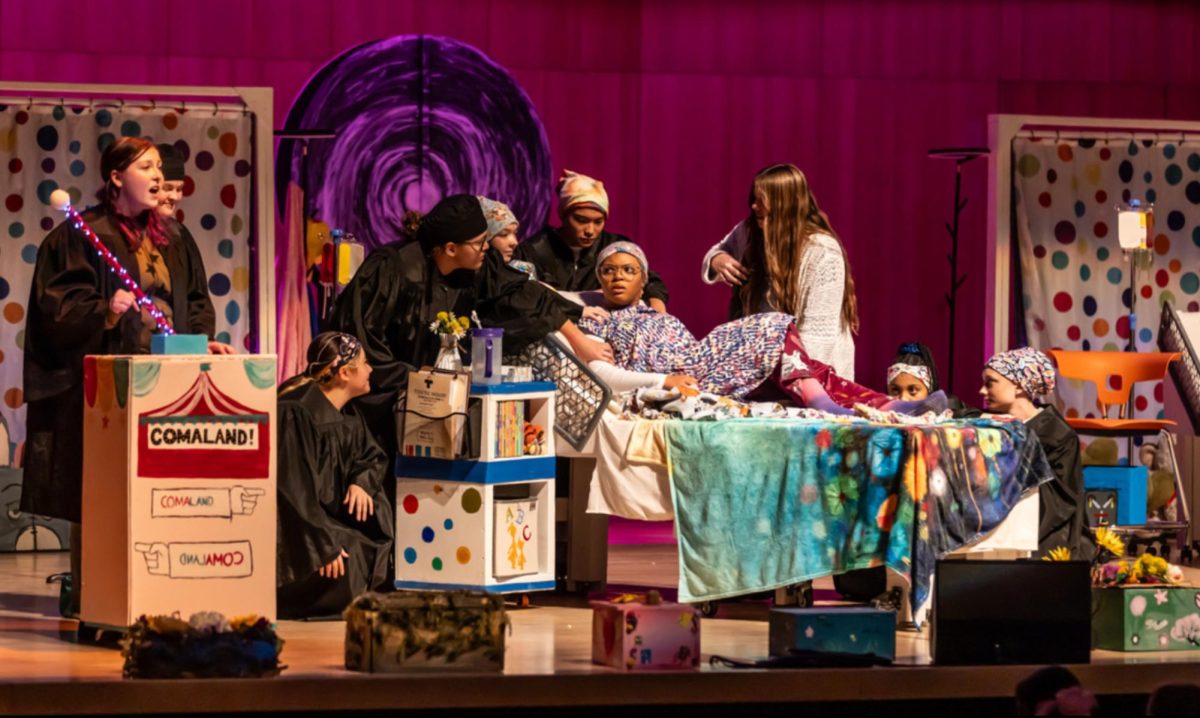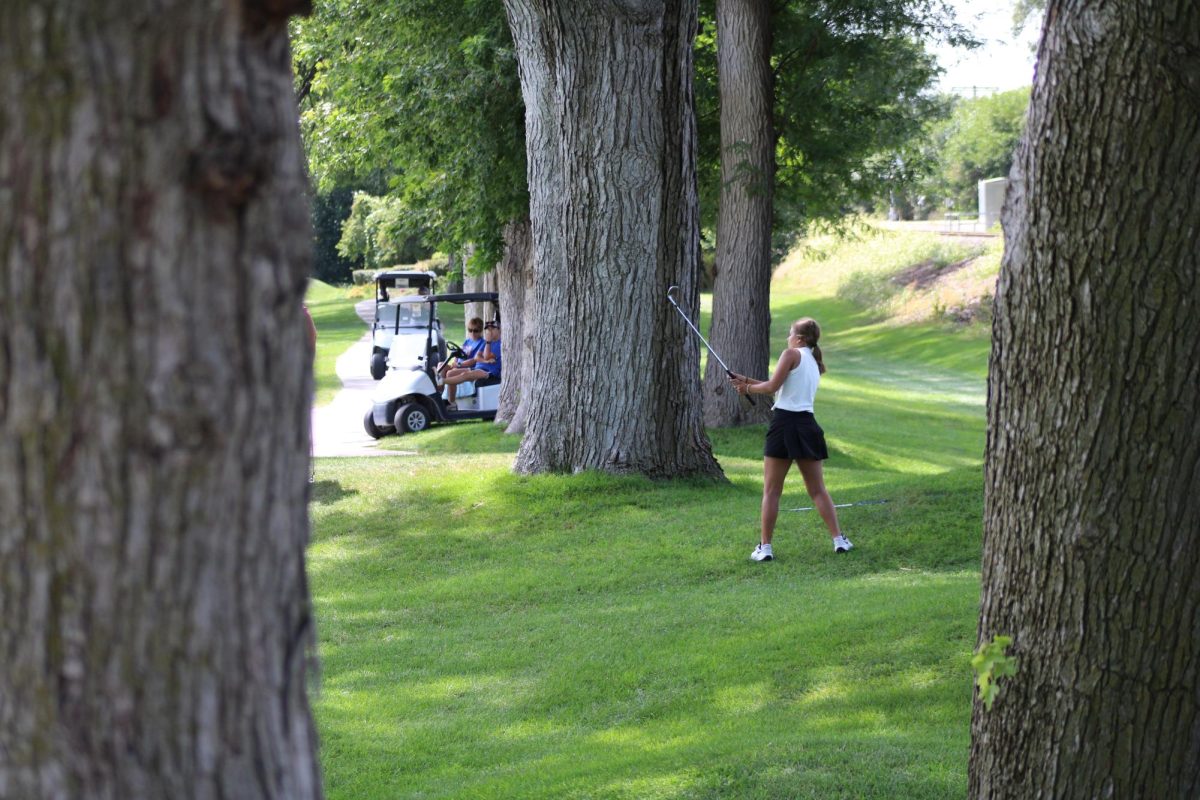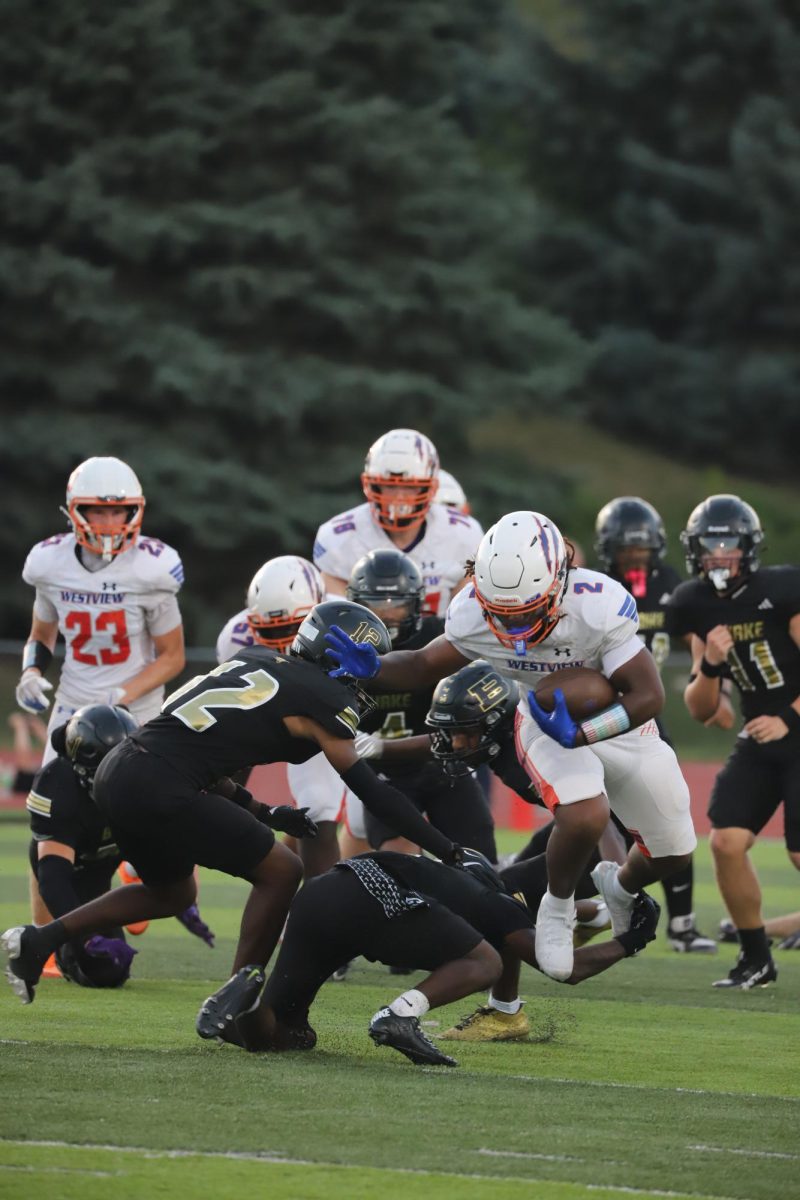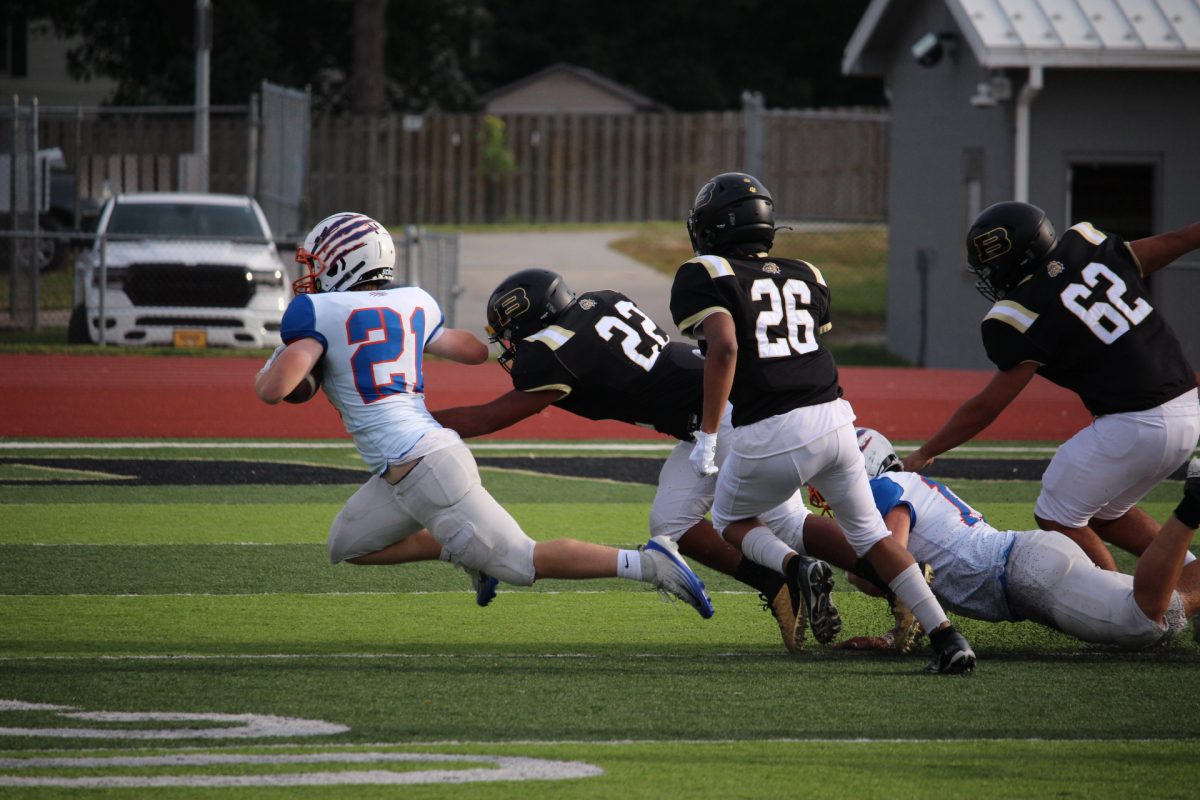Stepping outside of Westview, students may be interested in learning what the garden outside the left side of the building is. Filled with flowers, vegetables and the occasional butterfly and bee, the garden was started three years ago by Lee Stover, Westview science and sustainability teacher.
The main issues that pollinators face are habitat loss and climate change, making it much harder for journeys like their migration down south for the colder months.
To help pollinators in Nebraska suffering habitat loss, Stover created a pollinator garden.
A pollinator garden is a garden grown specifically with pollinators in mind. All the plants grown should in some way aid the natural pollinators of the area. Most plants in a pollinator garden are native to better support local life, like butterflies and bees.
Stover started the garden three years ago, when she said it was just a dirt lot full of weeds.
“We cleaned it out, amended the soil, got the beds put in—this is our third year having vegetables, and they did really great this year,” Stover said.
The beds, or garden beds, are the boxes growing plants above ground. Stover is growing plants like strawberries, onions, tomatoes and parsley. These plants are all vital to pollinators.
The parsley in the garden is important specifically to butterflies, who lay their eggs on the leaves. Once the eggs hatch into caterpillars, they are eaten for food and later become shelter for while the caterpillars are in metamorphosis. When they hatch from their chrysalis, the butterflies fly away.
Other plants in the garden outside of the beds include milkweed, black-eyed Susans and many kinds of prairie bushes and grasses. According to Stover, there are probably around 40 different kinds of native plants in the garden.
Though Stover has been working on the garden for three years, it wasn’t until recently that it became certified as a Pollinator Habitat by the University of Nebraska Extension program.
The program is aimed at increasing the number of fragments, or small areas of a habitat, for pollinators to safely live.
Pollinators are some of the many categories of animals that suffer greatly from environment fragmentation, which is where an ecosystem is broken up into small sections, usually by things like roads or agriculture, which separates the different parts of an ecosystem.
Fragmentation can lead to issues for species because the amount of space and resources is lower compared to a whole environment.
Habitat fragmentation in Nebraska is a large issue for our pollinators. Because of agriculture, large amounts of habitats have been broken up, affecting the animals living there.
According to the UNL Extension program, the purpose of having the habitat certification program “is to return as much available space as possible to the historical native prairie that local and migratory pollinators evolved with over millions of years.” 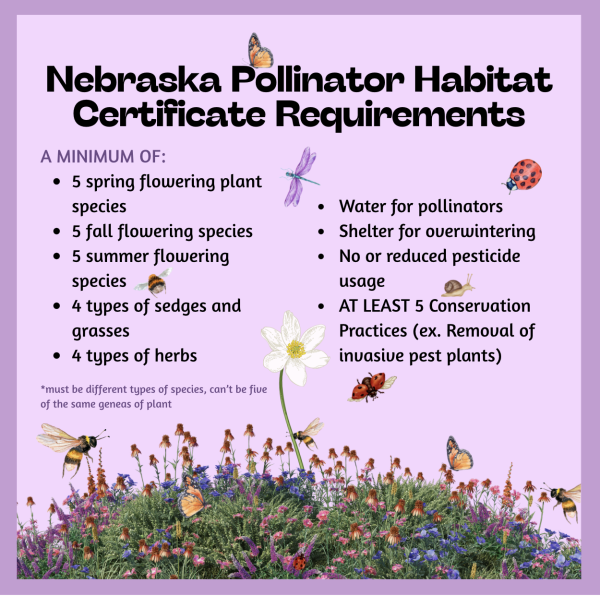
To become certified, the Westview garden had to meet a detailed list of criteria.
“I have to have plants that bloom spring summer and fall, because not all plants bloom constantly. So there’s always got to be something 24/7,” she said.
Westview students also help running the garden.
Students like those in inland ecosystems water technology and AP environmental science help with planting and caring for the garden, according to Stover, though students outside of the pathway can help as well.
“The garden [club] kids all come in, and there’s a lot of kids that are not in the sustainability pathway. […] I try to get anybody that’s interested to come out and work on it,” she said.
For students not interested in the garden or the environment, Stover said students live in a time where everyone needs to care more than ever about human impact on the world, from the atmosphere to the water to the food we eat.
“If you are detached from understanding that, if you could spend at least a little time educating yourself about what’s going on in the world around us, I think your generation could be the one to stop climate change or slow it down.” She said
